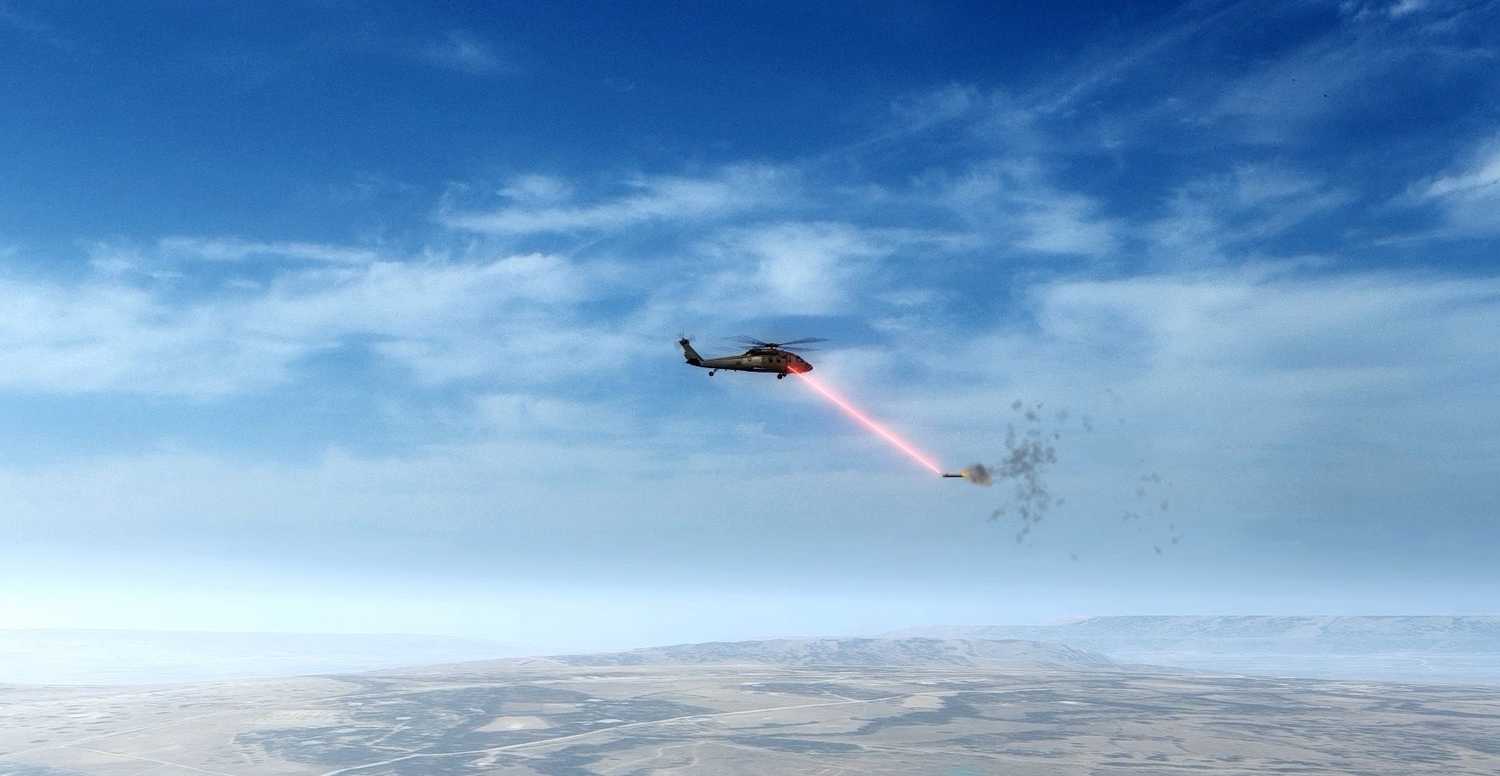US Withdrawal: What is the Strength of Taliban?
For Afghanistan, foreign invasion is not a new phenomenon. Since the 19th century Afghanis are entailed in asymmetric warfare against the superpowers. In the 19th century, the British invaded Afghanistan two times, first in 1938-1842 and then in 1878-1880 (First and Second Anglo-Afghan war) to counter the Soviet Influence.
In the 20th century 1919, king Amanullah Khan declared independence from Britain that led to the Third Anglo-Afghan War. Britain again invaded Afghanistan to maintain its influence over Afghanistan. However, they failed and Afghanistan became an independent state. Bolshevik regime was a newly established regime, Afghanistan signed a friendship treaty and became one of the first states to recognize the Soviet Union.
Read: TALIBAN’S BARBARIC RULES IN AFGHANISTAN- ‘RETURN TO THE DARK DAYS’
The friendship lasted until December 1979 when the Soviets invaded Afghanistan. Almost after the war of 10 years Afghanis defeated the Soviets with the help of Pakistan and the US and buried them in the graveyard of empires.
In 2001 a new empire, the US invaded the graveyard of empires. Since then, the US-led forces are fighting against the Taliban in Afghanistan. They kicked out the Taliban from the government and continue their fight with aim of completely demolish the group. Interestingly, after 20 years of war, the Taliban compelled both the US and the Afghan government to recognize them and hold talks with them, and resultantly, the US agreed on withdrawal.
Read more: Afghanistan Accusations and the Response
Experts believe that the US has failed in its objective and this 20 years’ war was unproductive and unjustifiable. The Taliban are the only insurgents who fought 20 years-long war against a superpower and are still active and stronger than ever since it began. In 2018, it was estimated that the number of Taliban fighters was nearly 60,000, which is a huge number.
Currently, the Taliban are continuously expanding their control and about 18 provinces are under their control, which is more than 67% of the country. Just in a single day the Taliban took control of five provinces and are very close to Kabul. Now, the question is, what is the central reason that the Taliban stood unbeaten, and what is their strength?
Read more: Afghan Withdrawal: Treat or Threat for Pakistan?
An expert Brian J. Phillips presented four arguments to explain why some terrorist/insurgent groups last much longer than others and what makes them undefeatable.
First of all, he argues that the Terrorist groups having an ethnic or religious motivation are less likely to be defeated. To further clarify, Phillips argues that the influence of folkloric enthusiasm on the endurance of terrorist groups is sturdier than religious motivation.
The Afghan Taliban are not only religiously motivated but have ethnic motivations as well. As Ahmed Rashid also mentions, the Taliban want to build an Islamic Afghanistan as well as protect the sovereignty and integrity of Afghanistan. The Taliban are mostly ethnic Pashtun. Hence, they are also motivated by Pashtun ethnicity (Pashtunwali= code of conduct of Pashtun society) which has greatly influenced their ideology. So it can be said that the Taliban ideology is motivated by two elements; religion and Pashtun ethnicity, which creates a strong motivation for their fight.
Further, Phillip argues that terrorist organizations backed by foreign or state support are also very difficult to defeat. In the case of the Taliban, it is very strongly professed that they receive support from different countries in different ways like Russia, Saudi Arabia, and especially Pakistan.
Moreover, Phillip believes that another factor that makes a terrorist group strong and strengthens its life is its involvement in the drug business and argues that terrorist groups involved in drug businesses are difficult to defeat. About 60% of the Taliban economy comes through opium. According to BBC, the Taliban’s annual portion of the illegal drug economy ranges from $300m to $400m.
Lastly, the size of a terrorist/insurgent group in terms of the number of its fighters plays an important role in the survival of a terrorist organization. The large size of a group is helpful in many ways; a group of only 100 members, for example, could be shattered by the loss of a dozen members, while this would not seriously affect a group of several thousand members. The Taliban have a very high number of fighters.
In 2018 it was estimated that the Taliban had about 60,000 fighters which were previously nearly 20,000 in 2014. This large size has fairly ensured the survival of the Taliban.
So, a group’s ideological motivation, foreign support, sources of income, and size/ number of fighters are the important attributes for its survival. These attributes will show how much a group can survive. While analyzing the Taliban’s survival by applying these attributes it can be concluded that demolishing the Taliban holds many challenges for the US and its allies and they may survive for a long period.
The Taliban became a reality in Afghanistan and cannot be ignored their influence over Afghan society. Now is the time to fully recognize them. They cannot be demolished, there is a need for a political settlement with them. Without a political settlement, there is no way to resolve the problem of Afghanistan.
Author: Ismail Ahmed

About:
The author is an M.Phil. Scholar at National Defence University at the Department of Peace and Conflict Studies and can be reached at ismailahmad567@yahoo.com
- Global Defense Insighthttps://defensetalks.com/author/umair/
- Global Defense Insighthttps://defensetalks.com/author/umair/
- Global Defense Insighthttps://defensetalks.com/author/umair/
- Global Defense Insighthttps://defensetalks.com/author/umair/













